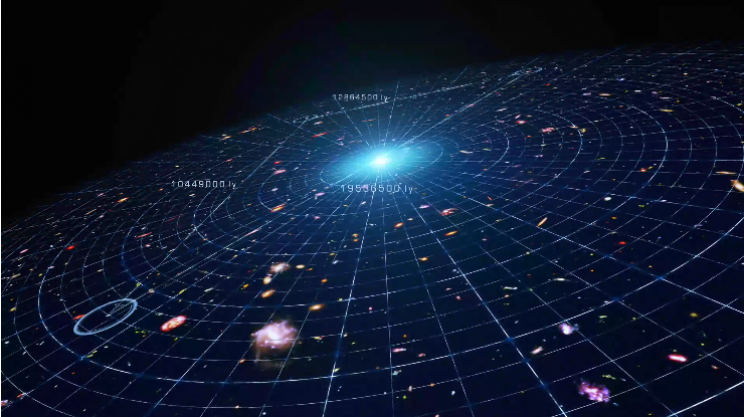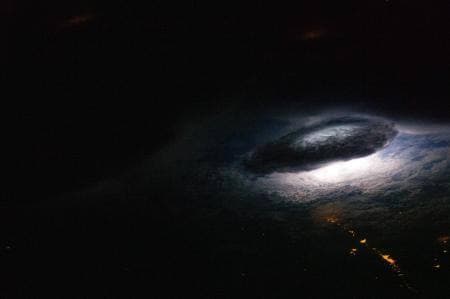
All-stars, like our Sun, send out a massive amount of electromagnetic radiation, including light. However, that light spreads out with distance, making it so that only a tiny fraction reaches us. Also, depending on the temperature of the star, the primary color of light sent out by the star changes. Cooler stars put out redder light, hotter stars put out blue or white light. Generally, colors like white or blue are stronger colors (shorter wavelength, higher frequency) and can be seen more easily at far distances than reds, oranges, or yellows. Also, some stars are more significant than others and send out more light.












